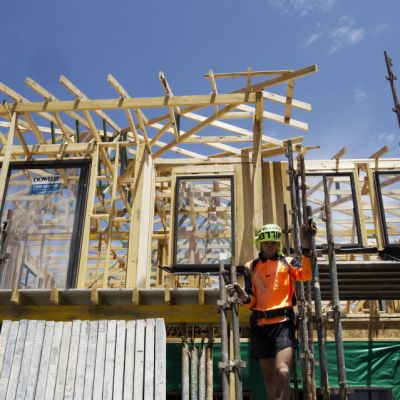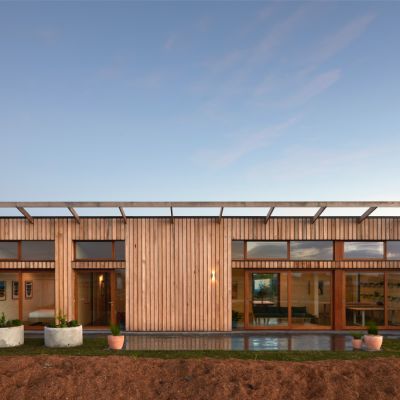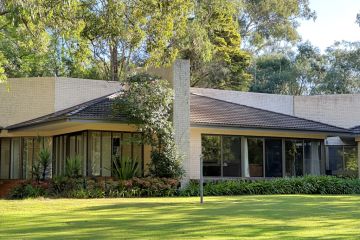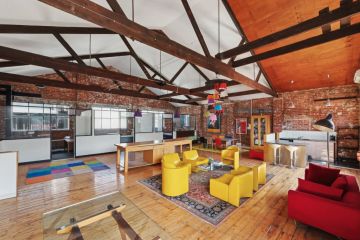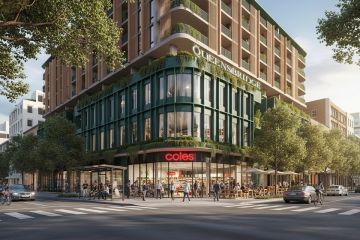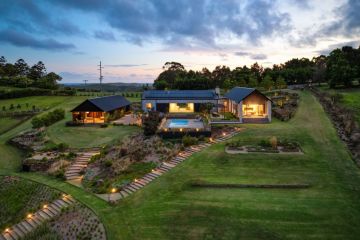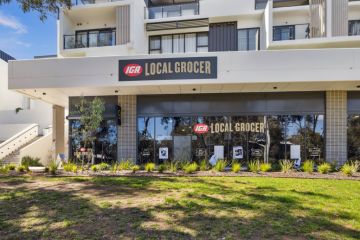The simple ways to reduce housing's carbon footprint
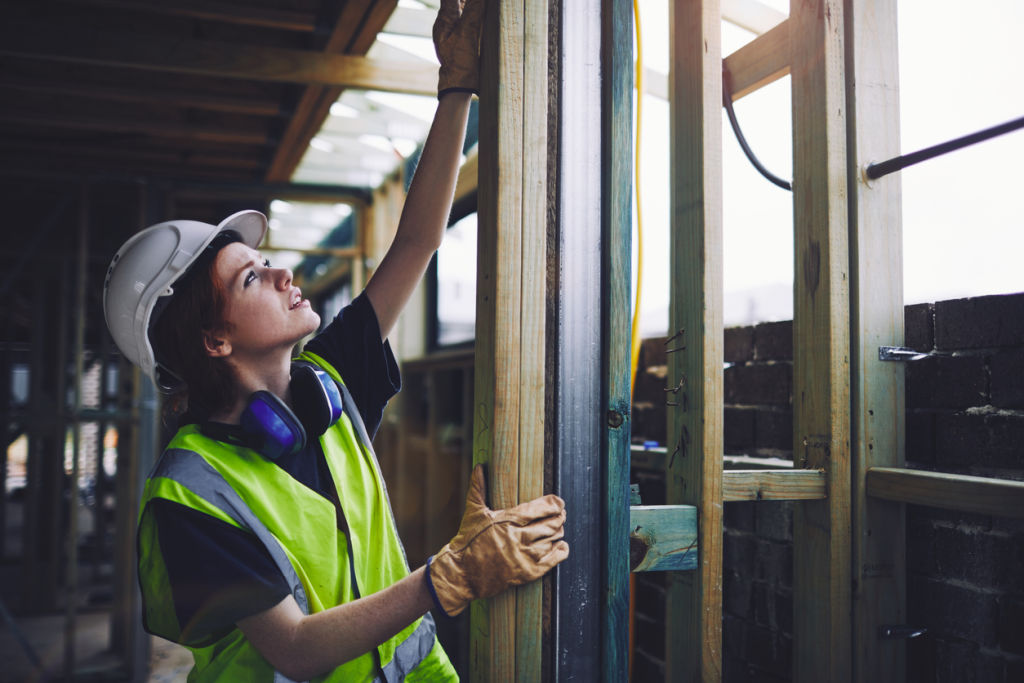
Better planning of new suburbs, a broader ban on dark-coloured roofs and higher standards in new builds are some of the ways experts say we can reduce the impact of residential construction on our climate.
In the past week, a new Green Star Home Standard certification system was announced to pave the way for more energy-efficient homes, as well as a ban on dark roofing in one new large-scale development on Sydney’s suburban fringe in a bid to reduce the heat island effect.
But with the built environment making up 23 per cent of Australia’s carbon emissions, half of that from homes, experts and advocates say more can be done to improve the carbon footprint of residential construction, which will, in turn, make it more comfortable for its occupants too.
Planning new suburbs at the outset that allow for walkability and more tree coverage was a significant measure to reduce emissions rather than tinkering with individual houses, according to Alan March, University of Melbourne urban planning professor.
“One of the challenges we face is people say, ‘Let me do what I want,’ but when we let people do that en masse it has negative impacts overall,” Professor March said, adding that reduced reliance on cars also created healthier neighbourhoods.
“It’s necessary to do it in a collective way, it’s not about individual design,” he said. “You don’t buy the house, you buy the neighbourhood, that’s why real estate websites talk about the local shops, facilities … because it’s all about the access.”
Regulating landscaping, which is largely an afterthought once construction of a house is completed, was another way to ensure each home had a sustainable backyard that provided shelter and cooling, Mr March said.
“If we require good-quality landscaping at the start then that is a good beginning … good-quality landscaping doesn’t require a huge amount of water and can help with cooling in summer.”
A broader industry ban on dark-coloured roofs and higher thermal standards for roofing and other materials were also supported by Green Building Council Australia.
The council’s chief executive Davina Rooney said while the new Green Standard was an opt-in process, there was a raft of design features that volume builders could implement to improve buildings.
“We’re in a climate crisis. We need to look at all solutions available to help us set up to meet that crisis,” Ms Rooney said. “You want light-coloured roofs, houses that are warmer in winter, cooler in summer – and that’s the building fabric, glass, insulation.”
She said solar-powered heat pumps, rainwater tanks and energy-efficient appliances were other measures that were easily implemented in the building of new homes.
“You want healthy materials and a house that isn’t making you sick … those [homes] that are being sold in display suites, they take a beautiful photo but how do they feel on a hot day?”
Emma Bacon, executive director of Sweltering Cities, an organisation that works with communities in the hottest suburbs of Sydney and Melbourne, said sustainable housing targets needed to be more ambitious so homes were comfortable for today and the future.
In a survey of 700 Sydneysiders by the organisation, three-quarters of respondents said they had airconditioning, but almost 80 per cent worried about the costs and more than half said the financial toll stopped them from turning it on.
“It’s not just about planning for the climate now – we need homes that are going to be safe and sustainable for the climate in the middle of the century,” Ms Bacon said. “Existing low standards are passing the cost on.”
The experts and advocates agreed that even passive house design, such as the optimal placement of windows and the positioning of a home on its site, is another simple way to allow for natural cross ventilation in homes to eschew airconditioner use.
We recommend
We thought you might like
States
Capital Cities
Capital Cities - Rentals
Popular Areas
Allhomes
More
